Lecture 8 8.251 Spring 2007 √ � dξ
advertisement
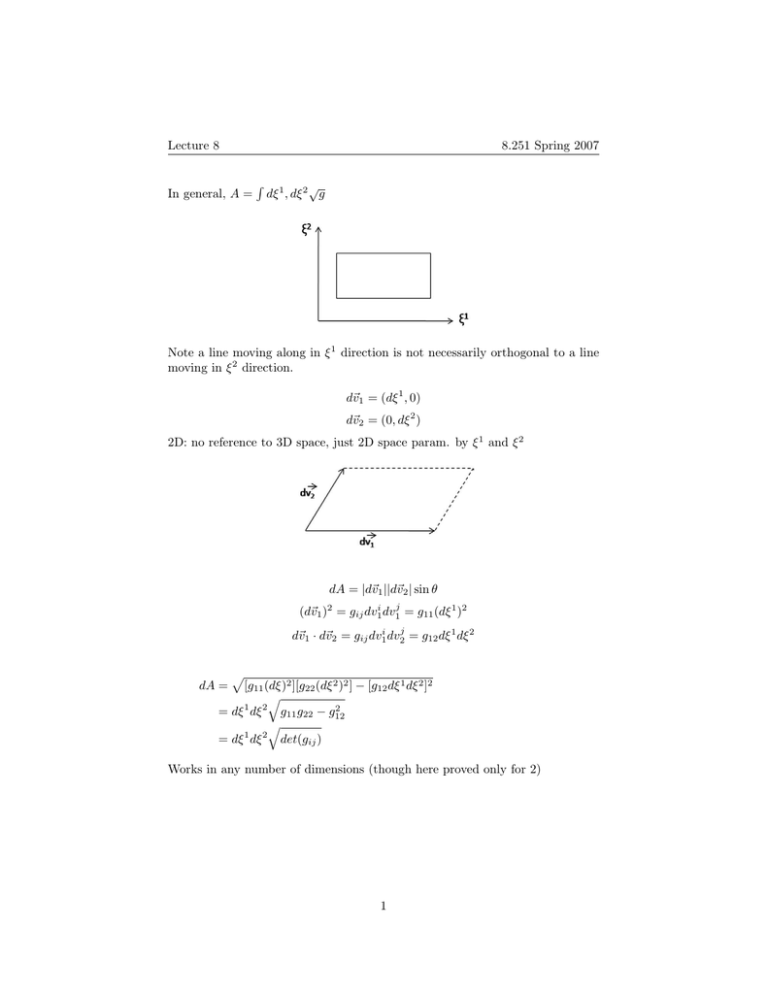
Lecture 8 In general, A = 8.251 Spring 2007 � √ dξ 1 , dξ 2 g Note a line moving along in ξ 1 direction is not necessarily orthogonal to a line moving in ξ 2 direction. d�v1 = (dξ 1 , 0) d�v2 = (0, dξ 2 ) 2D: no reference to 3D space, just 2D space param. by ξ 1 and ξ 2 dA = |d�v1 ||d�v2 | sin θ (d�v1 ) = gij dv1i dv1j = g11 (dξ 1 )2 2 d�v1 · d�v2 = gij dv1i dv2j = g12 dξ 1 dξ 2 � [g11 (dξ)2 ][g22 (dξ 2 )2 ] − [g12 dξ 1 dξ 2 ]2 � 2 = dξ 1 dξ 2 g11 g22 − g12 � = dξ 1 dξ 2 det(gij ) dA = Works in any number of dimensions (though here proved only for 2) 1 Lecture 8 8.251 Spring 2007 Generalization to n dimensions Metric always a square matrix with a determinant. Consider generalized parallelopiped in N dimensions. Volume in terms of corner vectors? (Standard from N -dim Euclidean geometry) Vol = det[Vik ] where k is the vector index and i is the vi subscripts [1, . . . , N ] Can construct orthogonal vector sets v2� involves adding or subtracting as much of v1 to v2 to get orthogonality. Shifts parallelopiped into rectangle without changing volume. Every operation is determinant-invar. 2
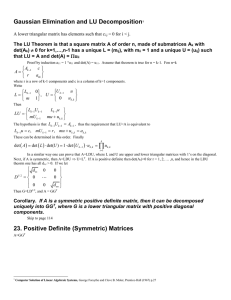
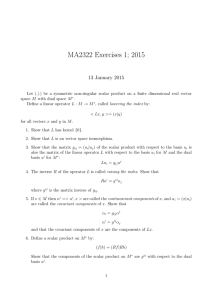

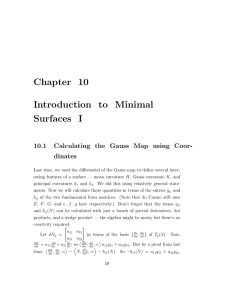
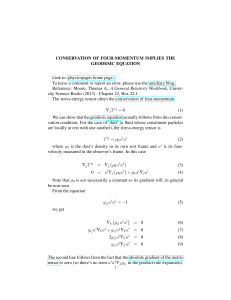

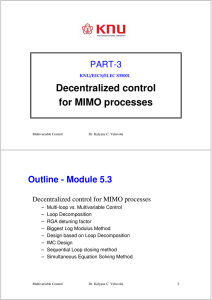
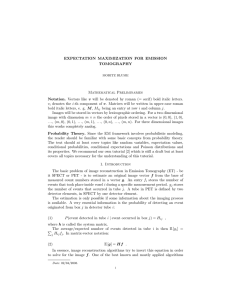
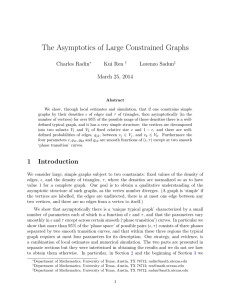
![arXiv:1508.03708v3 [quant-ph] 6 May 2016](http://s2.studylib.net/store/data/018765747_1-8b8c896099b1831227ca23686e2d9a9a-300x300.png)
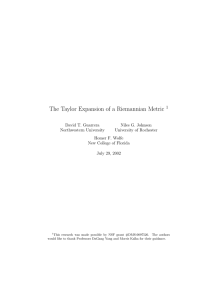
![arXiv:1509.02685v3 [gr-qc] 18 Dec 2015](http://s2.studylib.net/store/data/018910517_1-3c883724886d98d7a69c60e3bb3e3c1a-300x300.png)